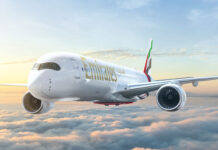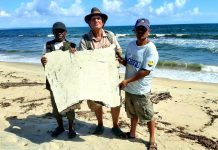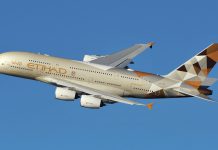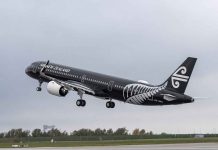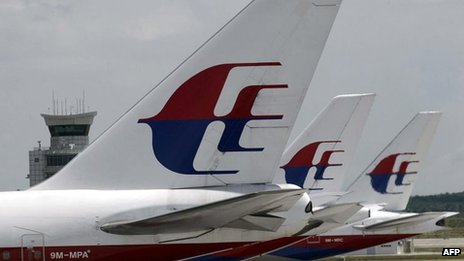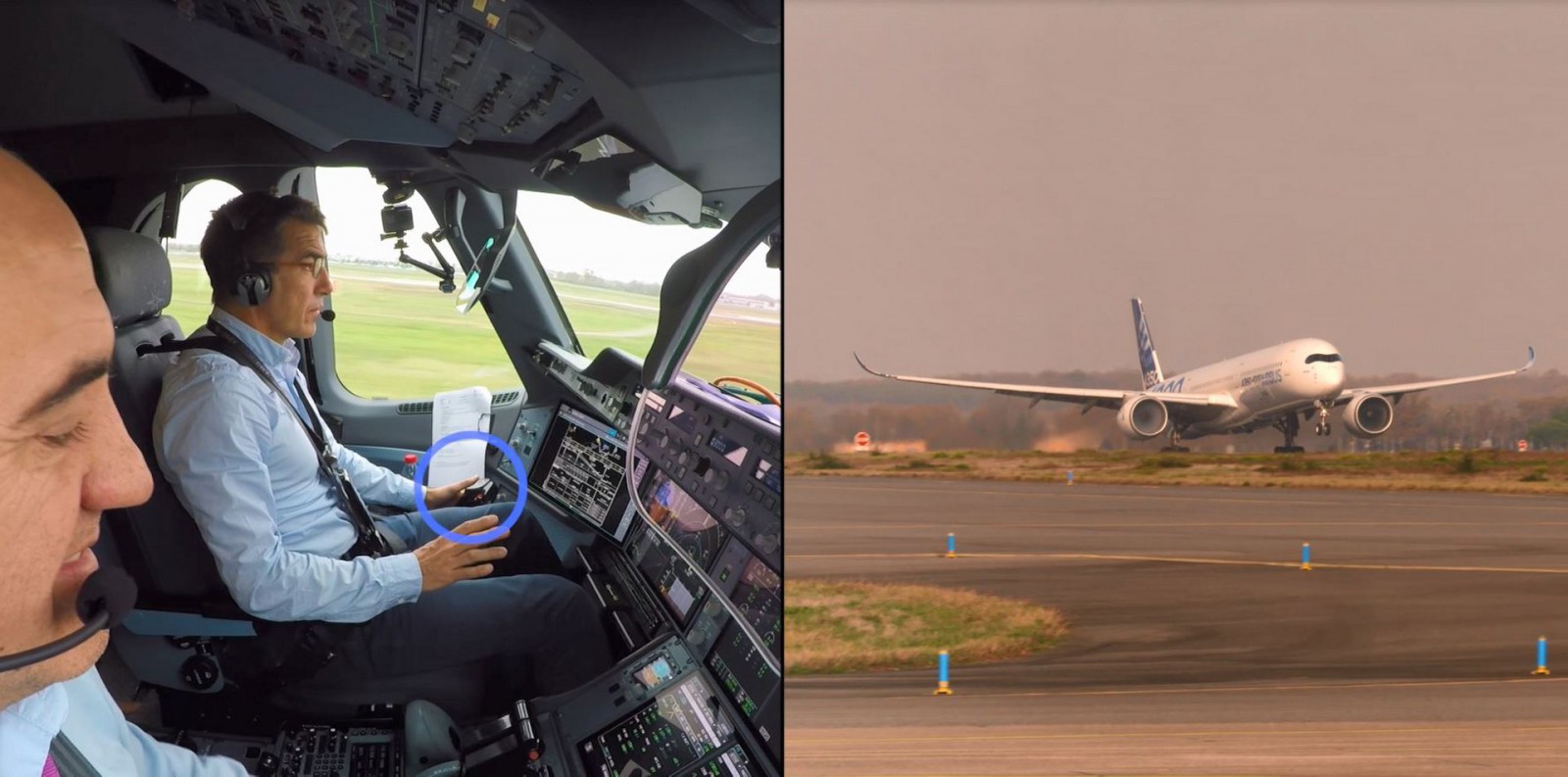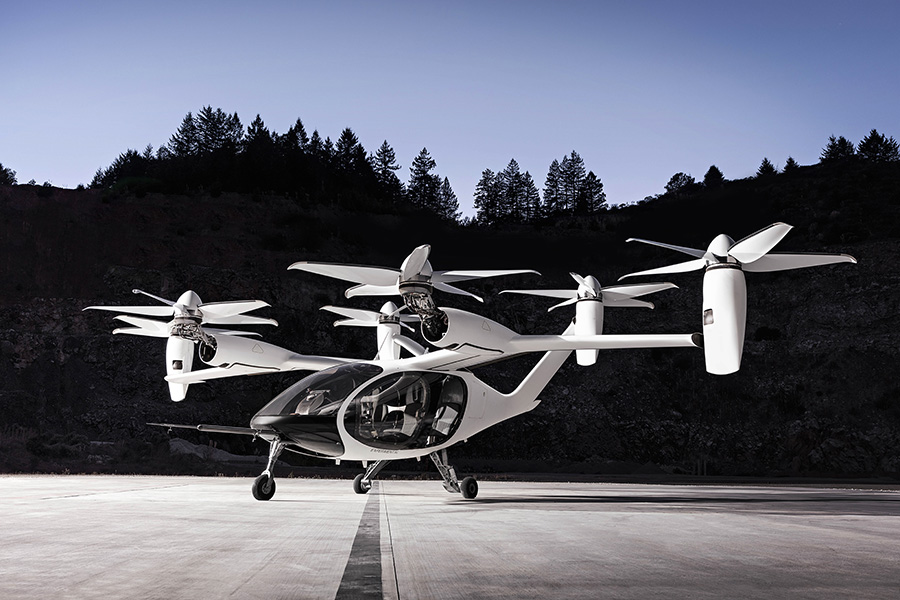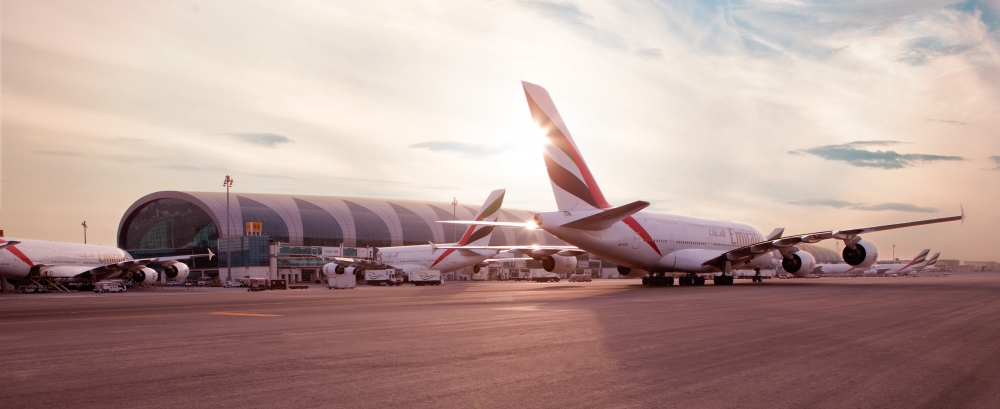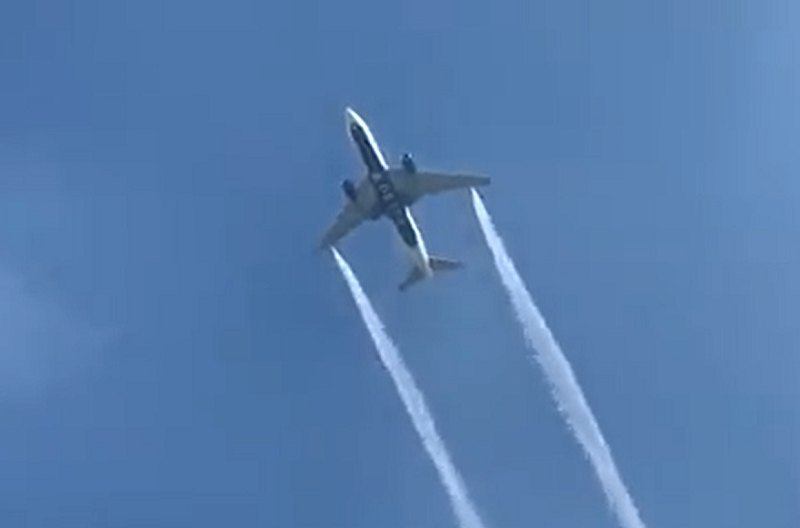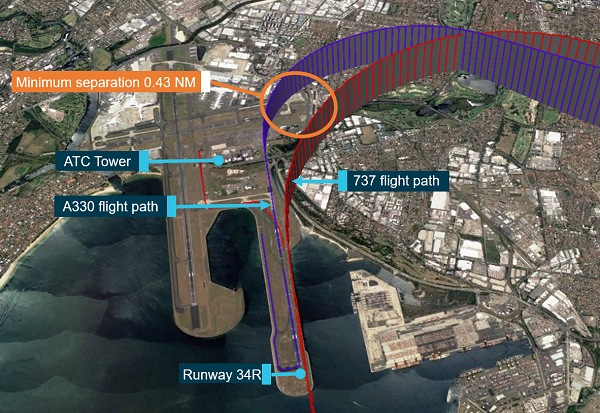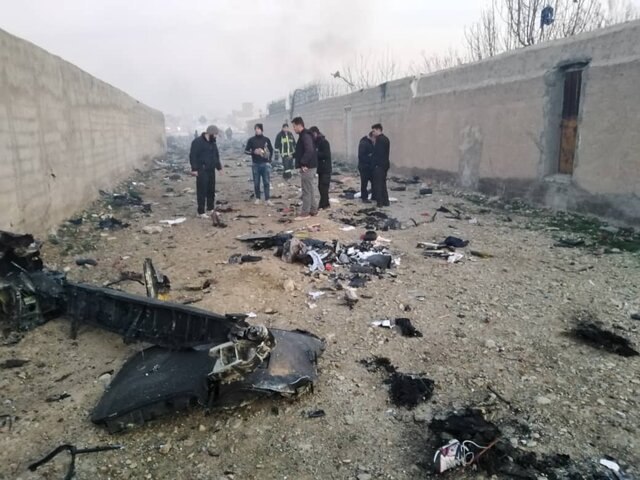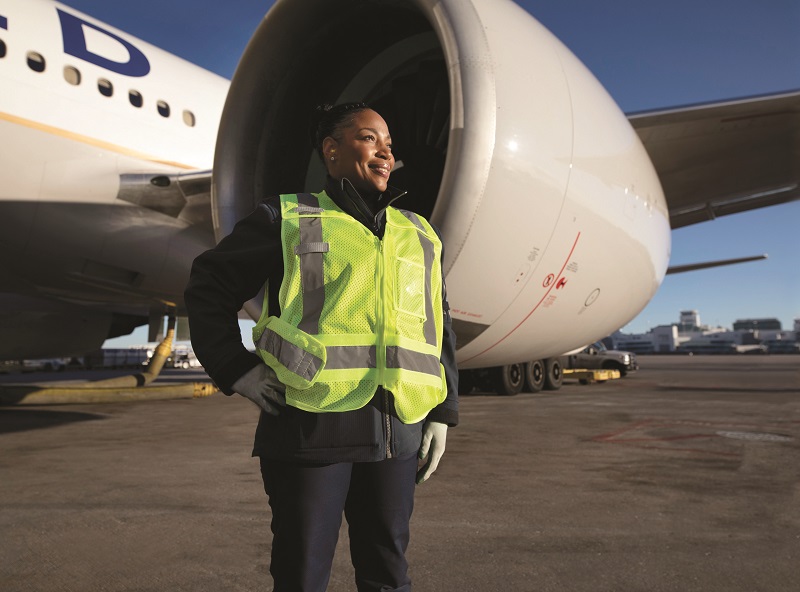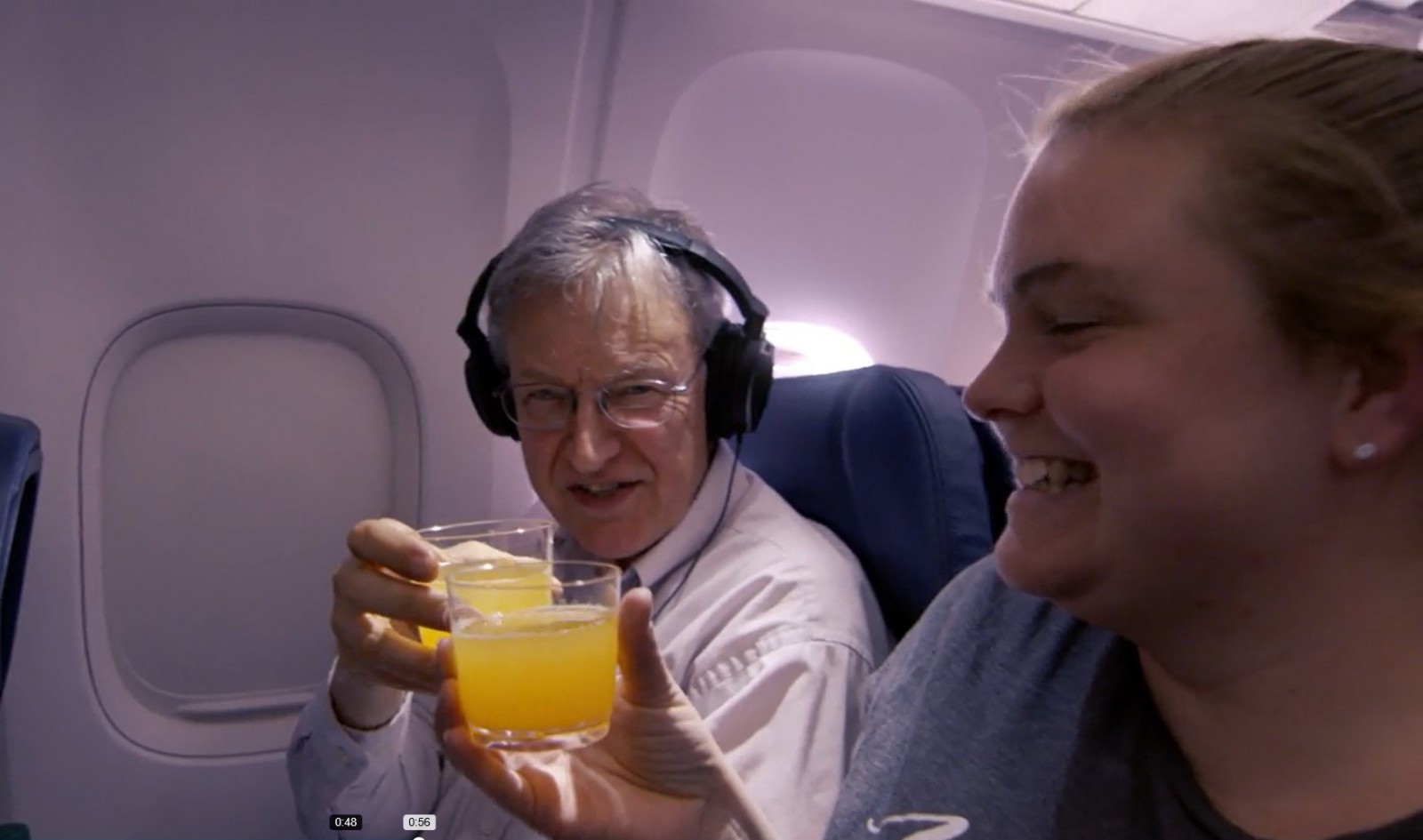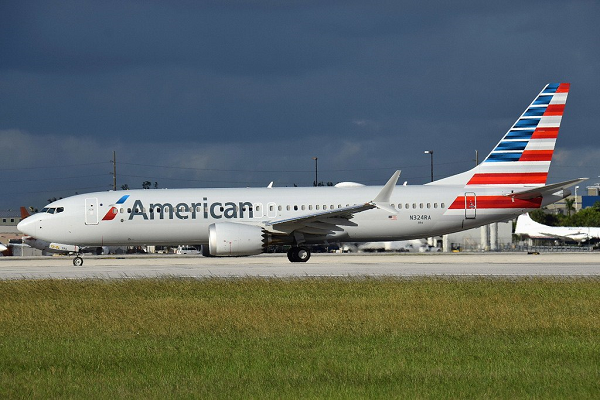Malaysia Airlines is continuing to talk to Boeing about its order for 25 737 MAX aircraft but is waiting for a regulatory outcome before deciding its next move.
The Malaysia carrier has suspended delivery of the jets, the first of which was due in July 2020, citing the lack of clarity about the plane’s return to service and Boeing’s decision to suspend production.
A Malaysia Airlines spokesperson told AirlineRatings the airline was “in continuing discussions with Boeing on this matter”.
READ: Emirates looks for China growth with online agency deal.
“Malaysia Airlines has a firm order of 25 Boeing 737 MAX aircraft and we await a decision by the FAA and other regulatory bodies before deciding on the next steps,’’ she said.
The suspension was another blow for the US manufacturer as it reported the lowest level of new orders and deliveries for more than a decade due to the MAX crisis and the trade spat between the US and China.
Boeing delivered just 380 commercial aircraft during 2019 as the MAX grounding prompted by two fatal crashes slowed 737 deliveries for the year to just 127.
The 2019 delivery total also included 158 787s, 45 777s, 43 767s and seven 747 jumbo jets.
This compared to 863 aircraft delivered by rival Airbus, an 8 percent increase compared to 2018.
The A320 family — the rival to Boeing’s 737s — accounted for 642 of the deliveries with the A220 family boosting the figure by 48.
The A220 was added to the tally after Airbus took a controlling interest in the company producing the former C Series in 2018.
Boeing’s gross orders fell 77 percent to 246 — its lowest tally before cancellations and aircraft conversions since 2013. Net orders after cancellations or conversions totaled just 54 aircraft compared to 893 the previous year.
After adjusting for jets ordered in previous years but now unlikely to be delivered because of issues such as airline failures, Boeing said its net orders for the year were negative 87 aircraft.
Airbus said it added 1,131 new aircraft orders and recorded 768 net orders to produce a backlog of 7,482 aircraft.
The impact of single-aisle sales was demonstrated by the fact the A320 family, including the new A321XLR, made up 654 of the net orders.
The European manufacturer said the 363 cancellations during the year reflected “specific airline situations” as well as the decision to end A380 production.


